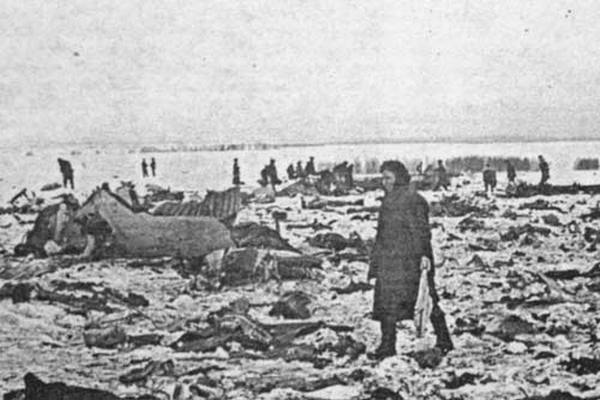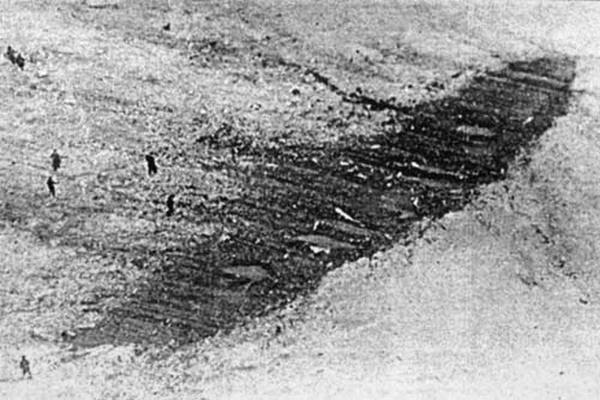Crash of a Tupolev TU-104B in Leningrad
Date & Time:
May 18, 1963
Registration:
CCCP-42483
Survivors:
Yes
MSN:
0 2 15 01
YOM:
1960
Crew on board:
0
Crew fatalities:
Pax on board:
0
Pax fatalities:
Other fatalities:
Total fatalities:
0
Circumstances:
On final approach, the aircraft stalled and crashed 1,5 km short of runway threshold. There were no casualties but the aircraft was written off.
Probable cause:
It was determined that the stall was caused by an insufficient approach speed due to poor interaction on part of the flying crew.




